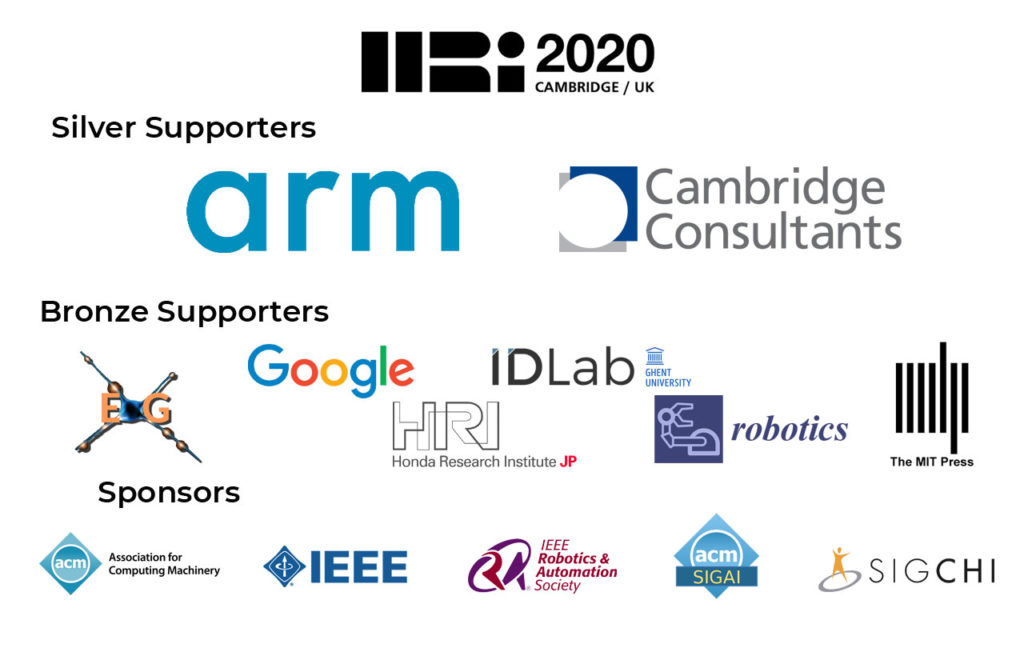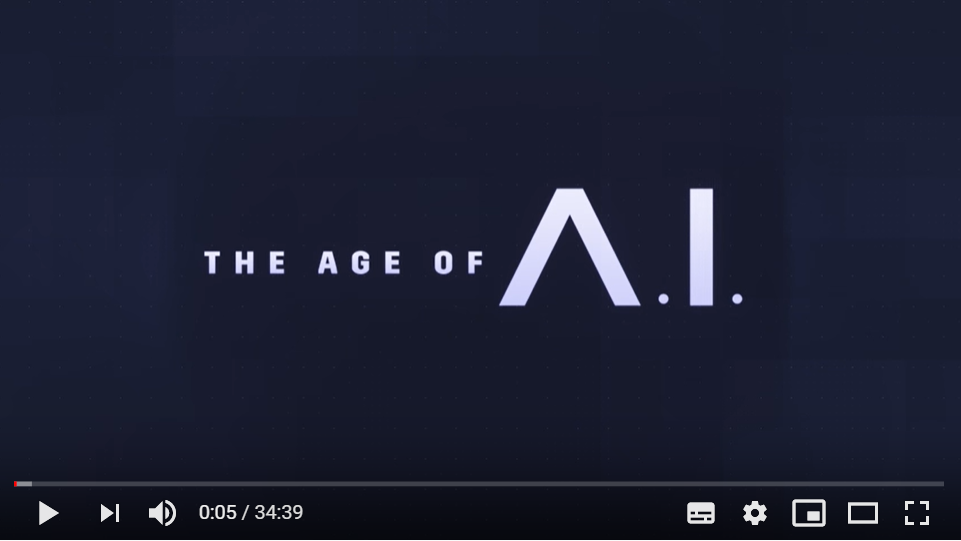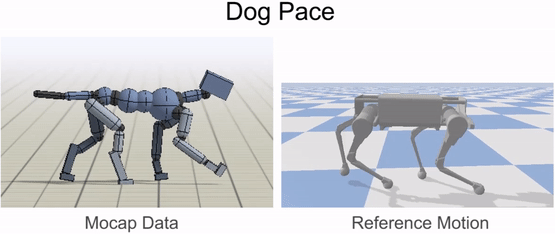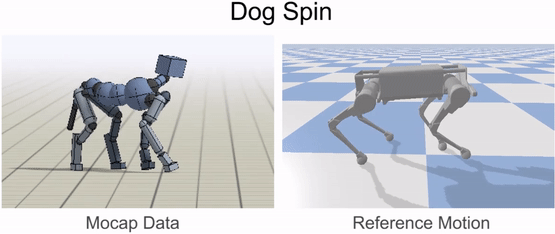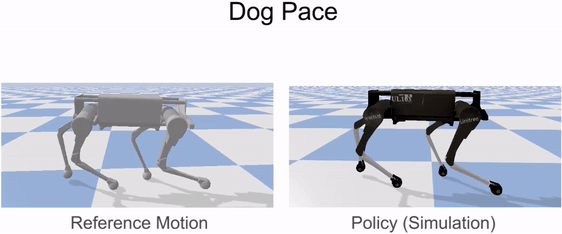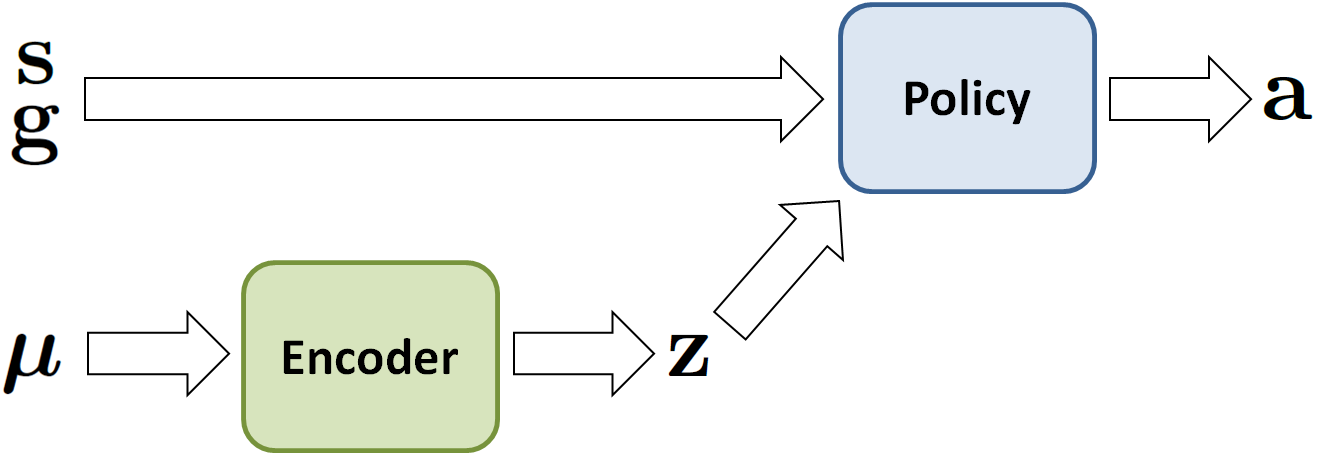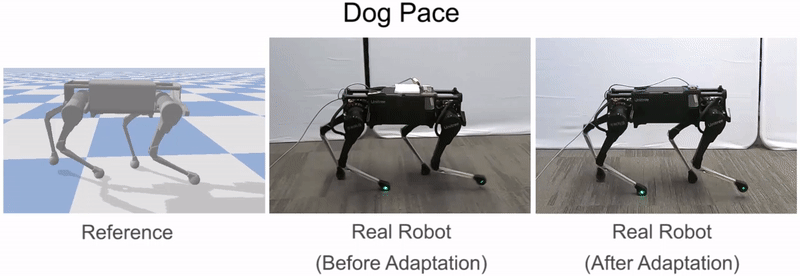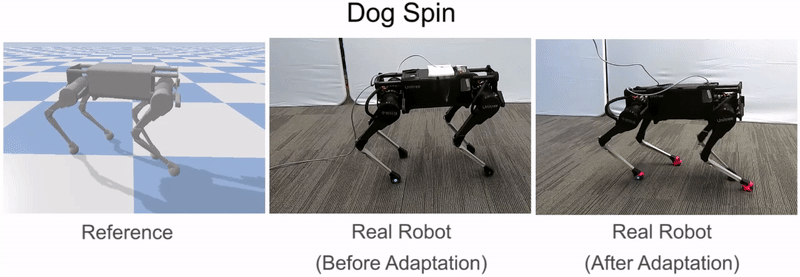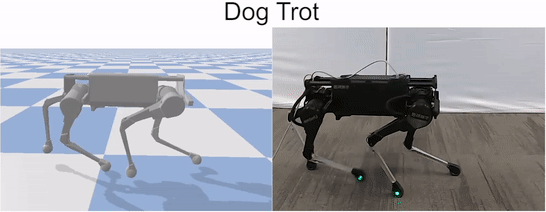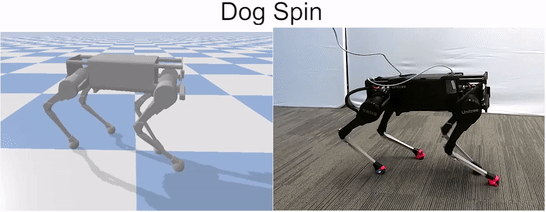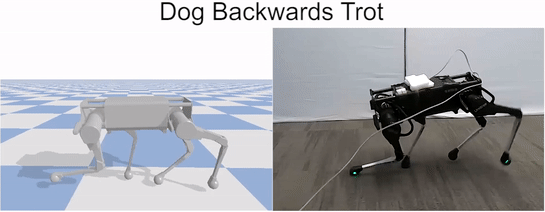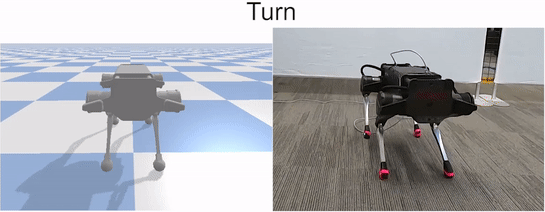HRI2020 has already kicked off with workshops and the Industry Talks Session on April 3, however the first release of videos has only just gone online with the welcome from General Chairs Tony Belpaeme, ID Lab, University of Ghent and James Young, University of Manitoba.
There is also a welcome from the Program Chairs Hatice Gunes from University of Cambridge and Laurel Riek from University of San Diego, requesting that we all engage with the participants papers and videos.
The theme of this year’s conference is “Real World Human-Robot Interaction,” reflecting on recent trends in our community toward creating and deploying systems that can facilitate real-world, long-term interaction. This theme also reflects a new theme area we have introduced at HRI this year, “Reproducibility for Human Robot Interaction,” which is key to realizing this vision and helping further our scientific endeavors. This trend was also reflected across our other four theme areas, including “Human-Robot Interaction User Studies,” “Technical Advances in Human-Robot Interaction,” “Human-Robot Interaction Design,” and “Theory and Methods in Human-Robot Interaction.”
The conference attracted 279 full paper submissions from around the world, including Asia, Australia, the Middle East, North America, South America, and Europe. Each submission was overseen by a dedicated theme chair and reviewed by an expert group of program committee members, who worked together with the program chairs to define and apply review criteria appropriate to each of the five contribution types. All papers were reviewed by a strict double-blind review process, followed by a rebuttal period, and shepherding if deemed appropriate by the program committee. Ultimately the committee selected 66 papers (23.6%) for presentation as full papers at the conference. As the conference is jointly sponsored by ACM and IEEE, papers are archived in the ACM Digital Library and the IEEE Xplore.
Along with the full papers, the conference program and proceedings include Late Breaking Reports, Videos, Demos, a Student Design Competition, and an alt.HRI section. Out of 183 total submissions, 161 (88%) Late Breaking Reports (LBRs) were accepted and will be presented as posters at the conference. A full peer-review and meta-review process ensured that authors of LBR submissions received detailed feedback on their work. Nine short videos were accepted for presentation during a dedicated video session. The program also includes 12 demos of robot systems that participants will have an opportunity to interact with during the conference. We continue to include an alt.HRI session in this year’s program, consisting of 8 papers (selected out of 43 submissions, 19%) that push the boundaries of thought and practice in the field. We are also continuing the Student Design Competition with 11 contenders, to encourage student participation in the conference and enrich the program with design inspiration and insights developed by student teams. The conference will include 6 full-day and 6 half-day workshops on a wide array of topics, in addition to the selective Pioneers Workshop for burgeoning HRI students.
Keynote speakers will reflect the interdisciplinary nature and vigour of our community. Ayanna Howard, the Linda J. and Mark C. Smith Professor and Chair of the School of Interactive Computing at the Georgia Institute of Technology, will talk about ‘Are We Trusting AI Too Much? Examining Human-Robot Interactions in the Real World’, Stephanie Dinkins, a transmedia artist who creates platforms for dialog about artificial intelligence (AI) as it intersects race, gender, aging, and our future histories, and Dr Lola Canamero, Reader in Adaptive Systems and Head of the Embodied Emotion, Cognition and (Inter-)Action Lab in the School of Computer Science at the University of Hertfordshire in the UK, will talk about ‘Embodied Affect for Real-World HRI’.
The Industry Talks Session was held on April 3 and we are particularly grateful to the sponsors who have remained with HRI2020 as we transition into virtual. Karl Fezer from ARM, Chris Roberts from Cambridge Consultants, Ker-Jiun Wang from EXGWear and Tony Belpaeme from IDLab at University of Ghent were able to join me for the first Industry Talks Session at HRI 2020 – a very insightful discussion!
The HRI2020 proceedings are available from the ACM digital library.
Full papers:
https://dl.acm.org/doi/proceedings/10.1145/3319502
Companion Proceedings (alt.HRI, Demonstrations, Late-Breaking Reports, Pioneers Workshop, Student Design Competitions, Video Presentations, Workshop Summaries):
https://dl.acm.org/doi/proceedings/10.1145/3371382
